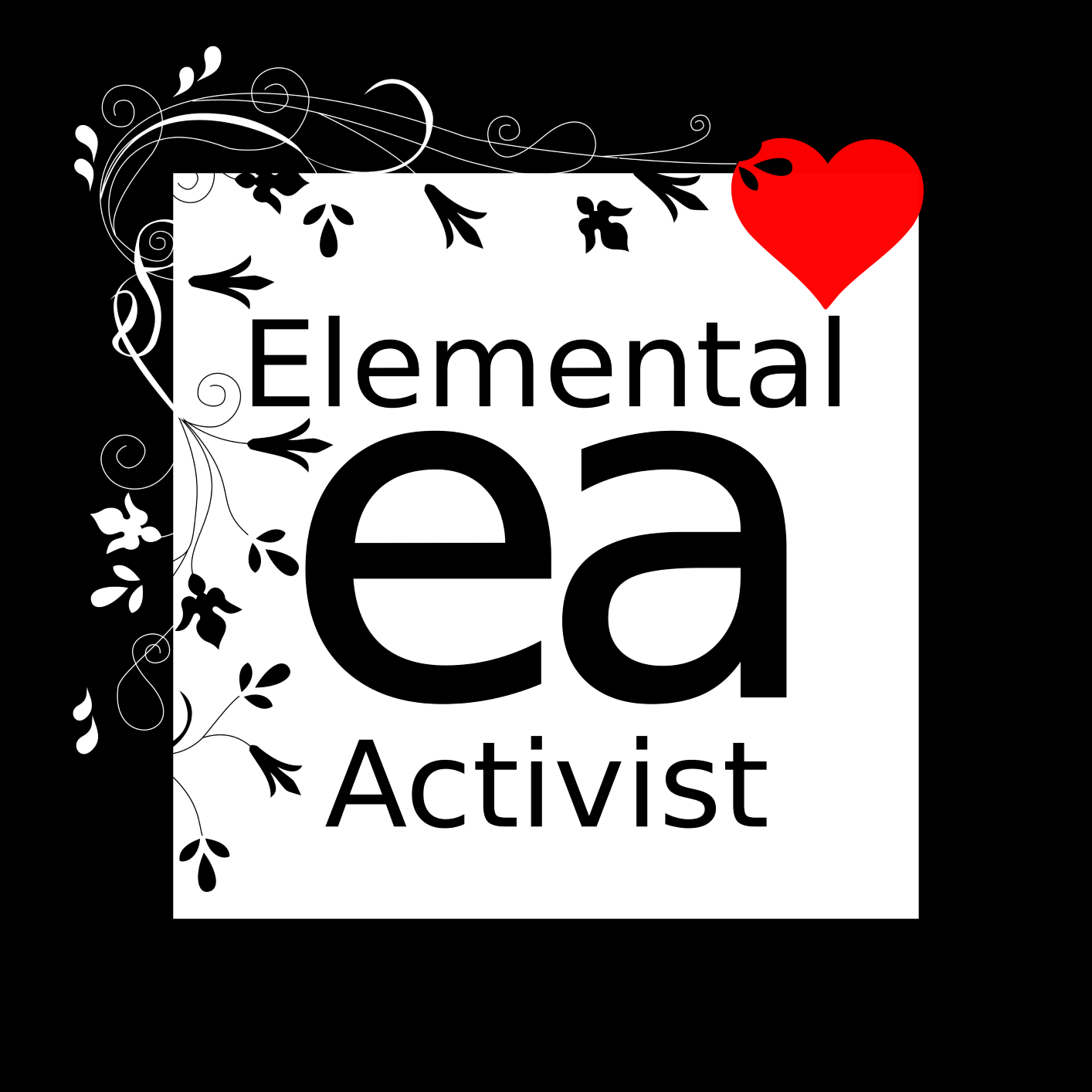Pierce Point Ranch
Pierce Point Ranch
2 miles
1.5 hours
Start: Pierce Point Ranch Parking Lot
End: Pierce Point Ranch Parking Lot
Includes: Pierce Point Ranch, Tomales Point Trail
Hike 59
January 10, 2014
This was the first hike of 2014; a new chapter begins. This year I am hiking the Education and the Environment Initiative (EEI) K - 12 curriculum developed by the state. My purpose is to embody the lessons therein in a way where it changes me. I am deepening my awareness that we are the environment.
The first lesson is for Kindergartners and states:
...Earth is made up of land, air and water.
I would like to further that thought to include that we are also made of the same. Over millennia, the same elements have reconfigured into our places, plants and creatures. We arise from that ongoing origami project.
The curriculum is based on five environmental principles. The first principle is:
People Depend on Natural Systems: the continuation and health of individual human lives and of human communities and societies depend on the health of the natural systems that provide essential goods and ecosystem services.
Now, this kind of blew my mind. I was thinking about how nature provides all these goods and services for FREE! Everything we need to survive is given to us for free by nature! Humans invented the money part.
So, Melinda and I headed out to Pierce Point Ranch. It is at the end of Pierce Point Road and is the trailhead for the Tomales Point Trail. The 1860's ranch is surrounded by a charming white-picket fence. This really is the end of the world. The humans who moved here to ranch were converting the grass nature gave us for free into butter through the bodies of cows nature also gave us for free.
The ranchers built a nice shelter for themselves that currently operates as park housing.
Dark green cypress trees planted as a windbreak stood gracefully surrounding the white buildings of the rancho.
The park service posted a coyote advisory on the fence. That coyote does look untrustworthy.
We passed the little white schoolhouse for kids who grew here while their parents milked and churned. The rancho was like a small village.
There was an open shed housing some old machinery.
The long, flat milking barn stood with its doors open. It was state-of-the art back in its day.
After walking around Pierce Point Ranch for awhile, Melinda and I decided to mosey a ways down the Tomales Point Trail. The fog shrouded us and obscured the view. After a mile or so, we turned back. I needed to pick-up my son at the school bus.
It's hard to imagine living here. The weather sweeps in and out uninhibited by this little sliver of land. The terrain is grass, grass and more grass. It's isolated by water on three sides. The people who lived here had each other and a lot of cows for company. I'm sure the solitude suited some, but others must have gone mad.
Why did they come? Mostly for money. People headed to San Francisco for the Gold Rush of 1849. Intact ecosystems where trampled by the boots of fortune seekers. Reconfiguring Earth made people hungry. Former ranchers ordered in cows and set them to grazing on grasses traditionally sustaining the local ungulates, the Tule Elk. As their cows chewed, settlers shot the bears, lions, elk and pretty much anything else that moved.
Settlers were organisms who had long jumped the bounds of their original ecosystems and arrived here to mindlessly feed until supplies were exhausted. Humans do that. Now, I would like to offer the point-of-view that Earth is our ecosystem.
The curriculum definition of ecosystem is:
A specific area such as a kelp forest that contains a characteristic set of interdependent species that interact with each other and the abiotic componets found there.
Because of technology, humans live everywhere on earth, so for humans the kelp forest in the above sentence becomes Earth. Because we are dependent on nature for survival, it is an extension of us. It is us and we must mind its health in order to mind our own. We are one-in-the-same.
Somewhere along the line, we forgot this. Indigenous people knew. We were all indigenous once. We moved from our lands (i.e. left our ecosystems) and lived like we had no bounds. That modus caught-up with us. Now we see we are bound by the same laws of nature as any other living creature and there is nowhere to hide. Everywhere we turn we are running up against ourselves and what we see is not pretty.
When we expand our identity beyond our own skins to include the systems which creates and sustain us, we have hope of returning balance to the ecosystem of Earth.








